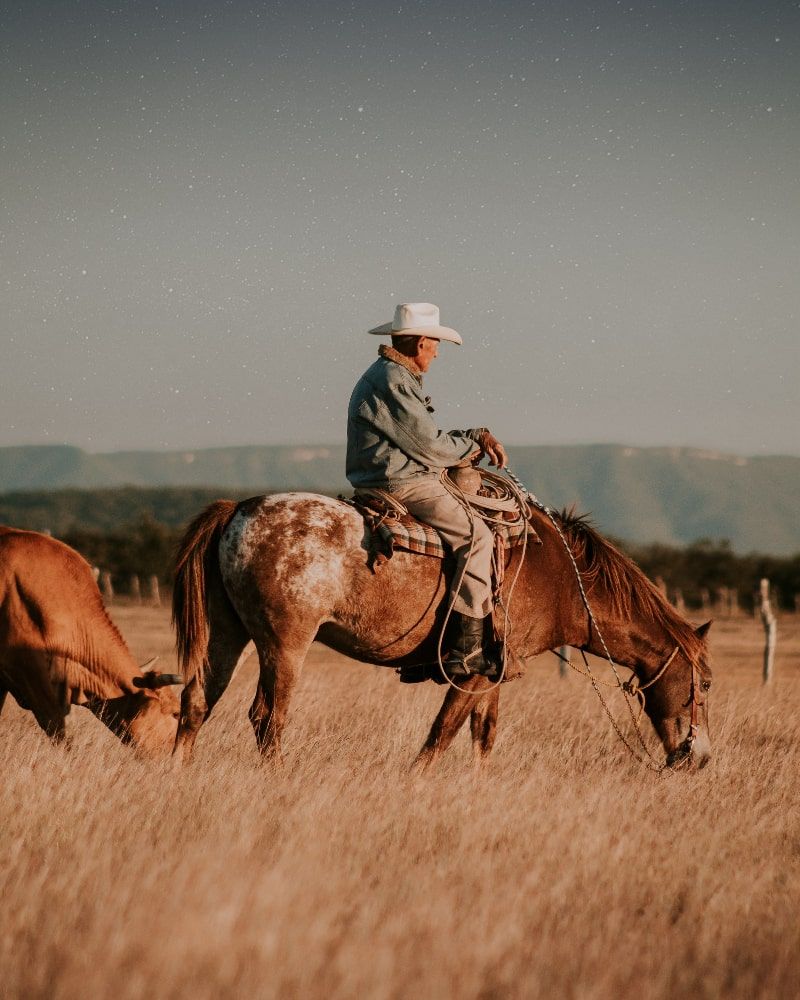Tamaulipas Culinary Route in the Northeast of Mexico
This tourist route connects Tampico, Villamar, and Laguna Madre to the capital of Tamaulipas, Ciudad Victoria, which has two tourist centers located on the outskirts of the city, both of which are purely natural.





